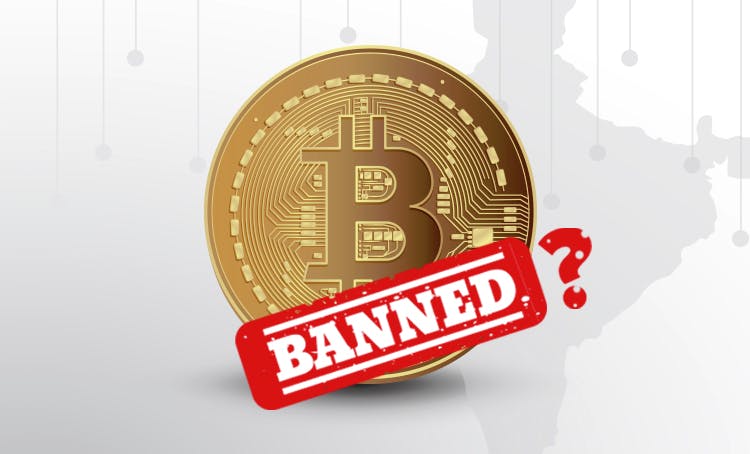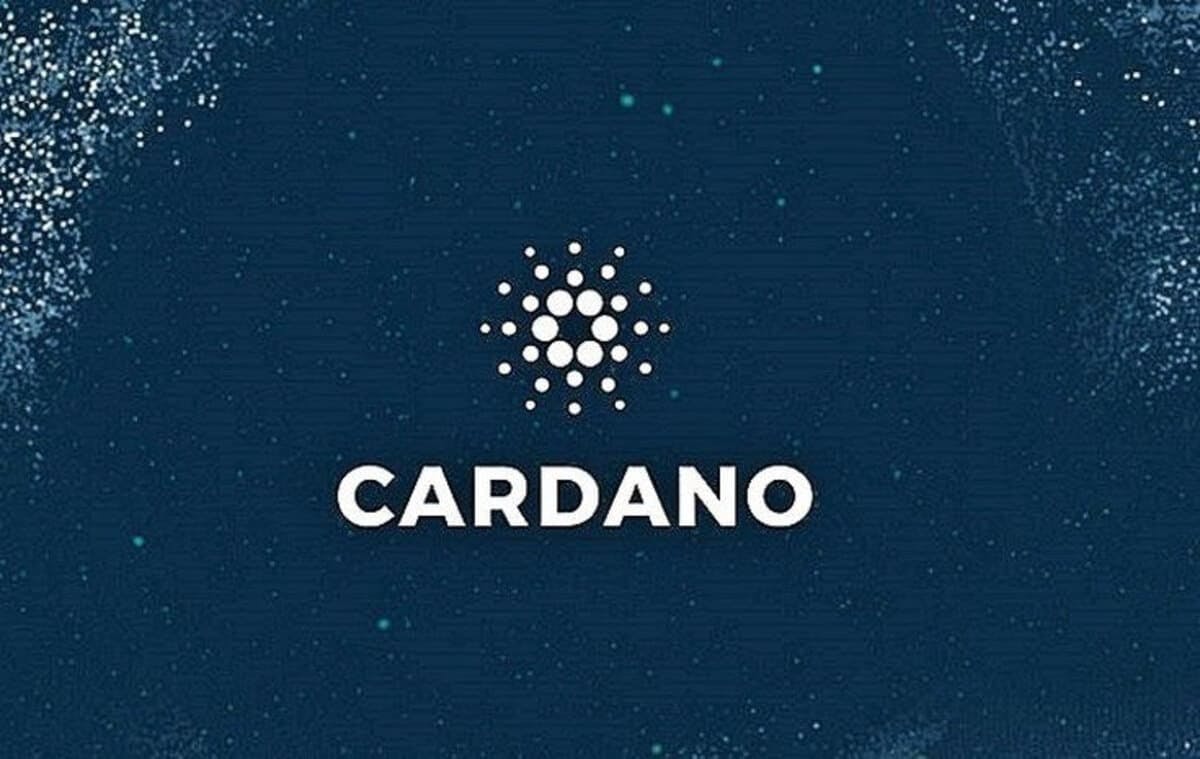
- All
- Tools
- Analytics
- Technical Analysis
- Trading
- Blockchain
- DeFi
- Guides
- Company News
- Educational
- Opinion
- Price Predictions
- Market News
- News
- Trading cases
- Practical guides
- Exchanges
- Trading signals
- Cryptocurrency
- Crypto bots
- Other
Become a crypto master
Learn everything about crypto,
trading and bots

Is holding altcoins long-term a good idea in 2025?
Start Trading on 3Commas Today
Get full access to all 3Commas trading tools with free trial period

On December 18th, 2013, a Bitcointalk forum user named GameKyuubi published a post describing the reasons for long-term investment in Bitcoin and how such an investment could payoff in the future. At the time, the crypto market was experiencing another price decline, and GameKyuubi stated that he would hold Bitcoin anyway because he believed in Satoshi Nakamoto’s project. His post would probably have stayed unnoticed if it wasn’t for one detail — the user misspelled the word hold, writing “HODL” instead. That’s how the famous meme was born, which supposedly highlights the success of long-term crypto investments.
Many insist that the recipe for great profits is simply to “HODL” cryptocurrencies for the long haul. This word is firmly lodged in the minds of many crypto enthusiasts, but does such a strategy payoff in reality? It turns out that long-term investments in digital assets are not the same as long-term investments in traditional markets, so there are some pitfalls to this strategy, which we’ll explore in this article.
The HODL Philosophy and Bitcoin
The HODL meme soon became the epitome of an approach to cryptocurrency investing that avoids trading based on short-term price movements. This approach reflects GameKyuubi’s logic: novice traders are likely to fail in their attempts to multiply their investments through trading, resulting in lower earnings or even losses compared to simply holding their coins.
The famous “ I AM HODLING” post
Short-term fluctuations aside, Bitcoin’s long-term volatility challenges many traditional assets. Between 2011 and 2013, the price of Bitcoin was up more than 52,000%, and the following year it dropped 80%. Since then, the industry’s leading cryptocurrency has risen 17-fold to its previous highs, only to later collapse by 50%. Such dramatic price movements in the range of just a few years can be maddening if your faith in crypto is not “fanatical”.
In a sense, HODLers are fanatics: they pay no attention to market indicators, ignore short-term price fluctuations, and simply hoard assets. They do not succumb to two major destructive sentiments: FOMO (Fear Of Missing Out) and FUD (Fear of Uncertainty and Doubt). For staunch cryptocurrency supporters, known as maximalists, HODL is more than just a strategy helping deal with FOMO, FUD and other emotions. They believe that crypto will eventually become the backbone of the global financial system and their commitment to the market will surely be paid off years from now.
To summarize: the three main components of any HODLer’s success are peace of mind and the availability of free capital for regular investments in the asset. With the right coin, the HODL strategy can make you a fortune, though this can take several years. It seems simple, but the last point determines literally everything — choose a wrong coin and all your capital will be wrecked.
The problem here is that out of all the variety of coins (and there are almost 10,000 of them already), Bitcoin has existed the longest and has the highest credibility with investors. Looking back, we can say with confidence that during the past years of BTC’s existence, the HODL strategy has worked best with Bitcoin. To illustrate, let’s take the BTC chart from 2013, when the crypto market experienced its first global wave of adoption.
If you had started buying Bitcoin at any point in time (excluding the last few weeks) and followed the HODL strategy, by today, your investment would be profitable. This works especially well for people who bought BTC around $20,000 in late 2017. If they had “HODLed” their coins until today (ignoring the market drawdown between 2018 and 2019), they would have tripled their capital in USD terms.
The HODL strategy paid off even more for those who were lucky enough to buy Bitcoin in 2011, 2013, 2015. And as you can see, the market dynamics at the time of acquiring the cryptocurrency are absolutely irrelevant here. An “iron will” to hold would still have brought huge profits. However, this isn’t always the case, and the HODL strategy has its own downsides.
HODLing & altcoins are almost incompatible
Let’s take a look at the top 10 cryptocurrency rankings by capitalization from December 2017.
Of all the represented coins, only Etherium, Bitcoin Cash, XRP and Litecoin remain at the top as of today. The rest of the projects were displaced by new cryptocurrencies such as Polkadot, Binance Coin, Dogecoin (the latter is around seven years old and though we’ve witnessed DOGE at the Top 10 list before, it was missing from there until recently, following numerous attempts by Elon Musk to promote the meme coin).
The December 2015 data draws a similar picture: here we can see such projects as Stellar, Bitshares, Peercoin, MaidSafeCoin and Dash. Investing in them at this time would not bring positive results. Instead, with altcoins it’s much more profitable to look for industry”newcomers” and profit from fresh industry trends.
Another argument in favor of Bitcoin (and not altcoins) HODLing is the dynamics of trading pairs in relation to BTC. Take, for example, the LTC/BTC trading pair. From the “altcoin season” in early 2018 until today, the value of Litecoin in relation to Bitcoin has fallen by almost 74%. That is, even despite Litecoin’s rise in dollar terms over the aforementioned period, it would have been more profitable to hold Bitcoin instead.
Even Ethereum, which has been breaking new price records in dollar terms for a couple of weeks in a row, is down 49% against BTC since the last bull run’s peak. Yes, investing in ETH, would provide you with USD profits, but such an investment would not overtake Bitcoin in terms of profitability. The result over the long-run is much worse than a conservative position HODLing BTC.
This is also without taking into account additional factors that can cause altcoin investments to turn into dust in a matter of hours, like exchange hacks, negative news, and more.
When HODLing makes no sense
A key feature of the HODL strategy is storing cryptocurrency for the long run. In such circumstances, special attention should be paid to the storage process itself. You should use a cold storage wallet with the proper degree of protection and preferably complete isolation from outside interference. Only by taking the proper security precautions can the owner of cryptocurrency guarantee himself the safety of his investment (unless he forgets his password or wallet backup information).
If a long-term investment takes several years, one should not choose to store thei cryptocurrency on an exchange. Even the most seemingly reliable exchanges aren’t a good option for long term investors. The amount of funds stolen by hackers from exchanges and trading platforms over the entire existence of the industry reaches hundreds of millions of dollars, with many of the hacked exchanges ceasing to exist. Among the most notable incidents occurred on Mt. Gox, Cryptopia, BTC-e, WEX, and many other smaller projects.
Another “disease” of altcoins is sudden hacks, followed by a significant drop in the asset’s value. This became especially relevant after the sharp rise in popularity of DeFi projects. A striking example is the hack of the Cover decentralized protocol last year. Against the backdrop of these events, Cover’s price fell more than three-fold and has not yet returned to its previous highs. And given the unfortunate history of hacked projects, it’s unlikely Cover will ever fully recover.
Don’t forget that altcoins gain their following mostly from influencer’s hype and not based on technological aspects. Influencers mostly look for a pump & dump opportunity to make a quick profit without doing any due diligence. But this is totally against any long-term investment strategy.
Conclusion
HODLing works, but only under certain conditions. Most often, Bitcoin-maximalists can benefit from this strategy because as the industry’s leader, Bitcoin has been, and remains the industry’s most reliable long-term investment. Investing in any other cryptocurrency requires serious psychological stability and belief in the fundamental advantages of one’s investment. Without this, the investor will sell his coins at the first deep correction. All in all, having a clear understanding of market dynamics and selling overbought assets from time to time proves to be more profitable and safe from a risk perspective than holding on to your bags for several years.
Nevertheless, you should always do your own research (DYOR). And please remember to trade responsibly and never invest more than you are willing to lose.
2025 Update: Strategic Considerations for Long-Term Altcoin Holding
As we move through 2025, the altcoin market has become increasingly complex yet more structured—prompting serious investors and asset managers to reevaluate their long-term holding strategies. Technological infrastructure, institutional participation, and automation tools all influence portfolio decisions in a maturing ecosystem.
Institutional Engagement and Automated Exposure Tools
The launch of altcoin-focused ETFs—such as those tied to Ethereum and Dogecoin—has led to deeper institutional involvement and wider retail access. At the same time, professional traders now rely on advanced tools like the crypto trading bot ecosystem to manage altcoin exposure with increased precision. Solutions such as a crypto signal bot or crypto trading AI bot can enhance trade execution based on technical indicators or algorithmic triggers, allowing for more disciplined long-term strategy management.
Infrastructure Advancements Across Blockchains
Network upgrades, including Ethereum’s Pectra implementation, have addressed long-standing issues related to congestion and fees. Altcoins powering these upgraded chains are increasingly integrated with crypto spot trading bots and grid trading bot systems, which can analyze market conditions and automate rebalancing. For long-term holders, this automation helps manage volatility and optimize portfolio weights without constant manual oversight.
Regulatory Maturity and Assessment Frameworks
Global regulatory bodies have provided clearer classifications for crypto assets, enabling more predictable market conditions. This environment has supported the rise of institutional-grade crypto trading bot platforms and cryptocurrency automated trading bots that are now designed with built-in compliance features—an important factor for fund managers operating under strict guidelines.
Diversified Automation for Altcoin Portfolios
With more altcoins achieving real-world utility and consistent development activity, strategic diversification is more attainable. Professional users may combine a DCA bot, crypto robot trading systems, and trading signal bots to automate entry and re-entry points over time. This reduces reliance on discretionary decision-making and encourages a structured investment approach.
Evaluating Costs and Execution Models
While adoption of tools like a cryptocurrency trading bot has grown, users must still evaluate long-term costs, uptime reliability, and execution logic. Not all crypto trading bot apps offer the same value—particularly when accounting for latency, customization, and exchange integration. Cost-effective deployment matters, especially when managing large altcoin portfolios across multiple venues.
By leveraging regulated exposure products, decentralized trading infrastructure, and robust automation via trusted cryptocurrency bot trading software, traders and asset managers can enhance the operational efficiency of long-term altcoin strategies. However, these tools should complement—not replace—fundamental analysis, smart allocation, and risk management protocols.

A proven leader, successful at establishing operational excellence and building high-performance teams with a sharp focus on value creation and customer success.





